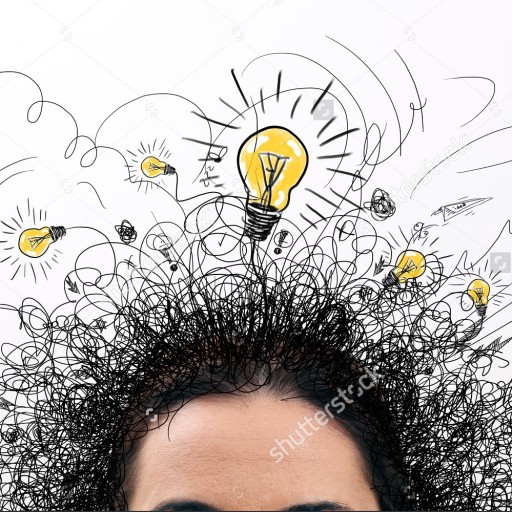For writing our literacy guides we were given a set of requirements that the guide had to contain. One of the requirements that I enjoyed working with was the writing process and style. As a journalism major I enjoy writing when I am able to add my voice and personality into the writing. In my opinion, this makes the writer and audience feel more connected to the writing assignment and each other. Another one of my favorite parts of writing is the creative aspect. I had fun creating a unique theme and different section titles that held my personality and voice. However, not all parts of this guide were easy. A challenging part of this guide for me was which sections of The New York Times should I use, how should I order them, and how much do I write on each section. This was a struggle for me given that the paper has an abundance of opinion articles of all different forms. For example, I had to think about whether or not the comments section needed its own paragraph or if they should just be lumped in with another topic or if the Op-eds are more resourceful than the editorial boards. I had to reorder my paper, at least, five times trying to create a layout that reflected the order of usefulness and importance to forming your own opinion. The length was another struggle I had when writing on each of the sections. I had to figure out how much it took to get my voice across with using all the required research and examples. I also needed to consider which sections needed to be further explained than others. Something that helped me when writing this guide was the assignments we did in class in the weeks that we were exploring The New York Times. The assignments taught me how to navigate and seek articles of all types throughout the paper. When we looked at the most popular page also helped me a great deal when I was writing my literacy guide. One of the requirements was including the influence and interaction of social media with the articles. The most popular page gave me opinion articles that were ranked most shared, viewed, and searched. With this resource, I could show supportive evidence that the opinion sources that I used were also used by copious amounts of other people as well. Lastly, during this project I learned a lot of useful things about writing. To me, one of the most important things this project has taught me was how to identify a writing type, style, and what details supported that finding. Before the literacy guide, I didn’t know how to clearly identify a writing style and describe it. However, now I am able to explain to another person with examples of why I can tell what writing style articles are. I also learned how a authors personality seeps through their writing and how much of an impact hat can make. I find writing when the author incorporates their opinions and voice more enjoyable than strictly fact based writing. Frank Bruni an op-ed columnist was a great example of this that I found during my research for opinion sections. His writing style is full of passion and reason while at the same time he tells the audience about himself as well.
Kelly Fagan
Recent Posts
Recent Comments
- klfagan on Lies and Beliefs
- klfagan on #GoingDeeper
- klfagan on Confessions of a Writer
- klfagan on Strengths and Struggles
- klfagan on Thoughts on the Argument Paper

 Welcome to My Thoughts
Welcome to My Thoughts